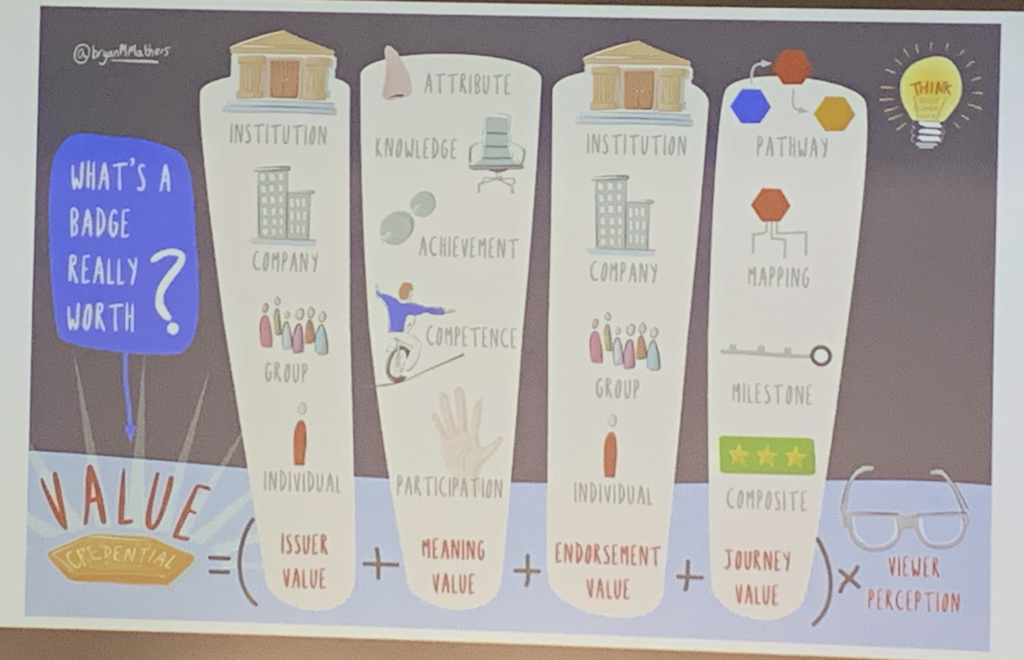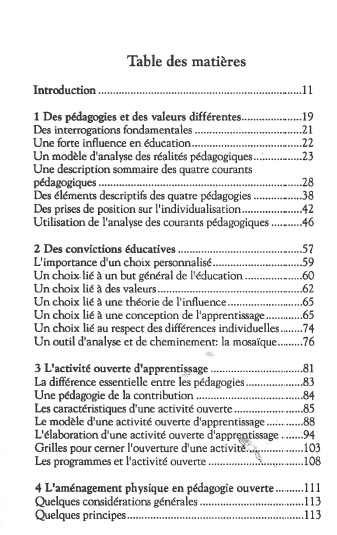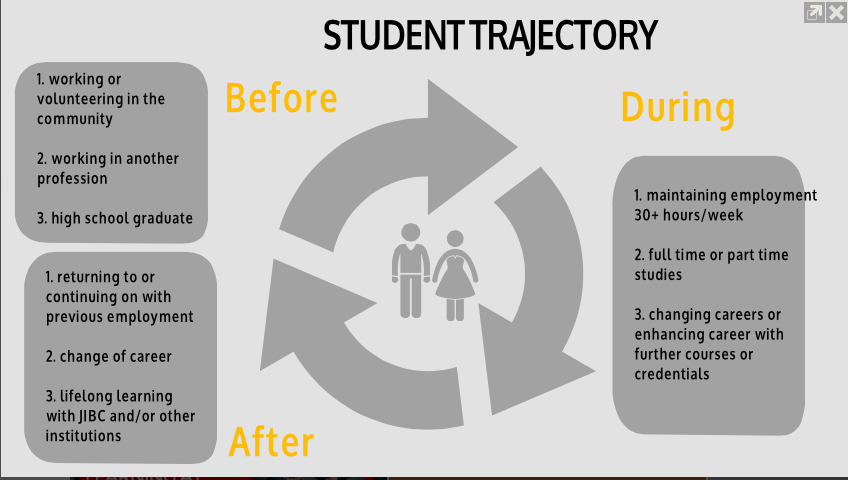ePIC22 conference – From Open Recognition to Empowerment
This was the 20th year of the ePIC conference, a relatively small international gathering of French and English speaking participants who have been coming together around open badges and open recognition. This year’s theme – Open Badges: From Recognition to Empowerment – pulled together an impressive list of keynotes and speakers and refreshingly didn’t make tech a star of the show, which is often what happens with many other conferences that involve some sort of innovation or ed tech component.
In 2020 I participated in the COVID pivot online version of ePIC and was introduced to the concept of community based open recognition. This was a very interesting idea for me, and one that resonated with the ethos of open education for social justice in which I was quite embedded at the time.
For me, a good international conference has a way of taking you out of the dominant discourse, shaking up your thinking a bit, and hopefully exposes you to new ideas without lazily defaulting to the idea that anything tech related is innovation. In the case of badges and microcreds, which clearly rely on some sort of ed tech platform, this is a tall order but one that I think ePIC did very, very well.
To be clear, I’m pretty well versed in the area of ed tech, have decent understanding of microcreds, but am very new to badges. Open recognition intersects with two areas that I’m reasonably solid on: open education and the recognition of prior learning. However, in my work it’s rare to see recognition discussed in the same circle as microcreds and badges, so I was delighted to find a venue where the three co-existed in a conference space. To be fair, badges and open recognition were clearly the show ponies of this conference, with microcredentials making a small appearance. There was an undercurrent of an #edupunk reverence of badges and a concern that MCs had hijacked the badges movement. This isn’t a debate that I was aware of – if anything I came to the conference for some conceptual clarity on both: where does one start and where does the other leave off? What was clear is that open recognition is the foundation on which all of this needs to sit, and it’s important that we don’t lose sight of that.
So what is the problem that badges solves and for whom? This was the question I was asking myself on day 1 when Nate Otto did a masterful presentation on open badges and badging infrastructure that served as a nice bootcamp for me. I came away understanding that open badges 3.0 is substantially more solid that 2.0, in that decentralized identifiers (DIDs) are going to be used instead of email as badge recipient identifiers. I believe blockchain may have something to do with this, but that aside, verification is more trustworthy, which seems important when we are proposing that students and employers will benefit from badging. Nate helpfully described the tech stack as a Recognition Technologies Layer Cake.

He also offered some critical perspectives on where we are at in the badges movement and where the opportunities are, while also addressing where MCs fall down as a player in this ecosystem. The point he underlined though was the importance of open recognition, and that’s where community comes in, specifically the Lave and Wenger understanding of community.
<Ok, this may have been where my critical brain kicked in. I have spent a fair bit of my academic past dissecting Lave and Wenger and Wenger’s subsequent works. I have been part of several communities of practice that have shown themselves to be problematic and exclusionary over time (a point that Nan Travers would also surface in her keynote the next day). This isn’t to undermine community based open recognition, but we have to be very careful to not put community on a pedestal of all things good, and be willing to problematize community as a structure.>
The takeaway around open recognition is that it can do things that formal structures (RPL?) can’t do at the level of community. ( Day 2 would provide some good examples of that via both presentations I attended and some informal conversations, albeit I had to conclude by the end of the conference that perhaps the open recognition world hasn’t been properly introduced to the RPL world and vice versa, since there seem to be a set of shared goals and activities. )
After a civilized hot lunch, cheese platter of no less than 8 different varieties of cheese, wine and dessert, it was off to learn about a fascinating project called CLOCK. Denise Stanley’s keynote opened with a captivating set of personal stories of socioeconomic and social struggle that limit student access to higher education and employment opportunities. CLOCK is a mechanism to address two worlds that rarely join, namely qualification based on what people can do now and the academy of contemporary music in the UK. The point underlined here is that formal education is not for everyone and through recognition we can smash the “glass ceiling” of formal HE. I didn’t catch how the CLOCK process of recognition constituted “rapid RPL” but the idea being it is essentially process developed with industry, not higher ed, and relied on a combination of an appreciative inquiry process and qualifications frameworks to function. This presentation could have been at home in any conference about PLAR or RPL/VPL who share desire to remove barriers to employment and higher education through the validation of formal and informal learning.
Doug Belshaw provided some ways to think about the value of open badges that can be summarized in a single, lovely Bryan Mathers graphic. This presentation did some work to help me understand the why of badges, while simultaneously reminding me of #edupunk and the community that rallied around an edupunk ethos. The ultimately takeaway for me was the value of badges in welcoming people to a community and the possibilities of community recognised badges.

Day 1 left me with a greater understanding of badges, both conceptual and technical, and the spirit of the badging movement in relation to open recognition. It also left me with a list of questions to pursue: what are examples of community-based recognition and what impact has this had? Who are open badges for and what problem do they solve? How is open recognition different from PLAR/RPL/VPL?


